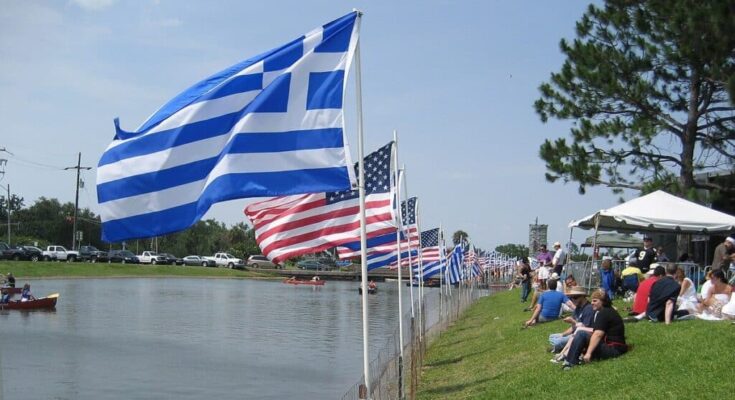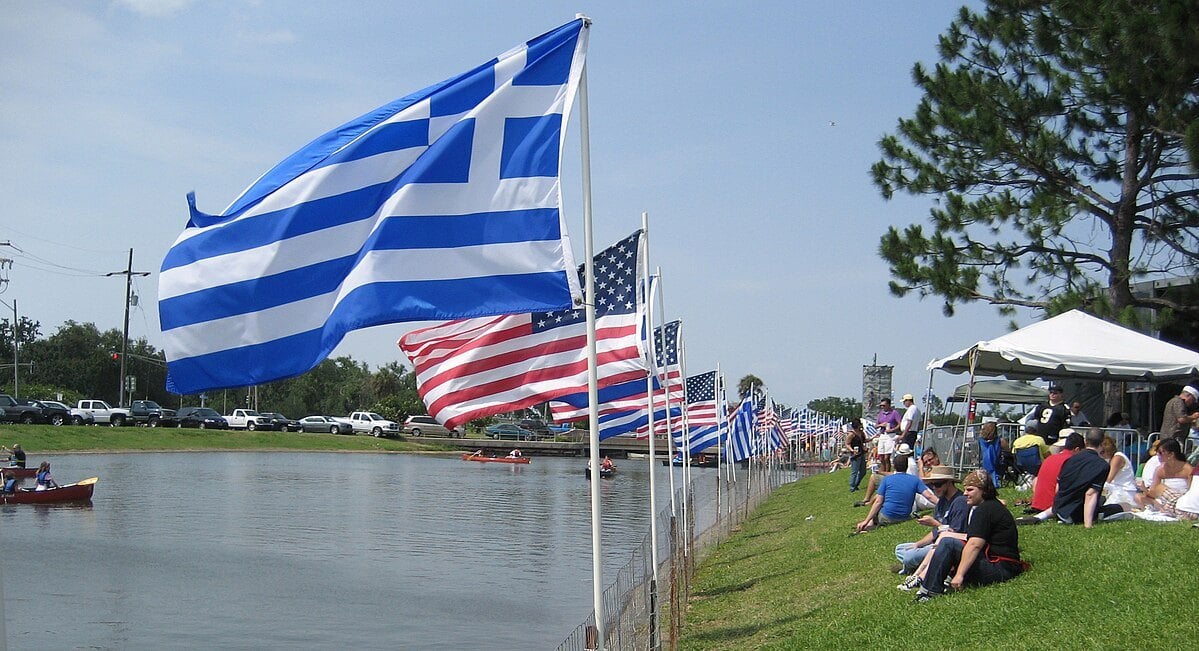
The Greek American community is widespread and has established vibrant communities in various cities and regions across the United States. Major Greek American enclaves include Astoria in New York City, Tarpon Springs in Florida, and Chicago, among others.
In some of these places across the United States where the Greek American community has left an especially big mark, so-called “Greektowns” have formed.
Greektowns across USA
These are special places where Greek culture is expressed through cuisine, architecture, language, and festivities. They represent parts of Greece away from Greece, often with unique American twists.
Greektown, Chicago
Chicago’s Greektown, the dining and nightlife district on the city’s Near West Side, is the undisputed cultural hub for the third-largest population of Greeks living in the United States.
An estimated 150,000 people of Greek ancestry live in the greater Chicagoland area. The language is still heard in the neighborhood, and the community comes out in full ethnic pride during the annual Greek Independence Day parade, the “Taste of Greece” festival, and the days surrounding Greek Easter.
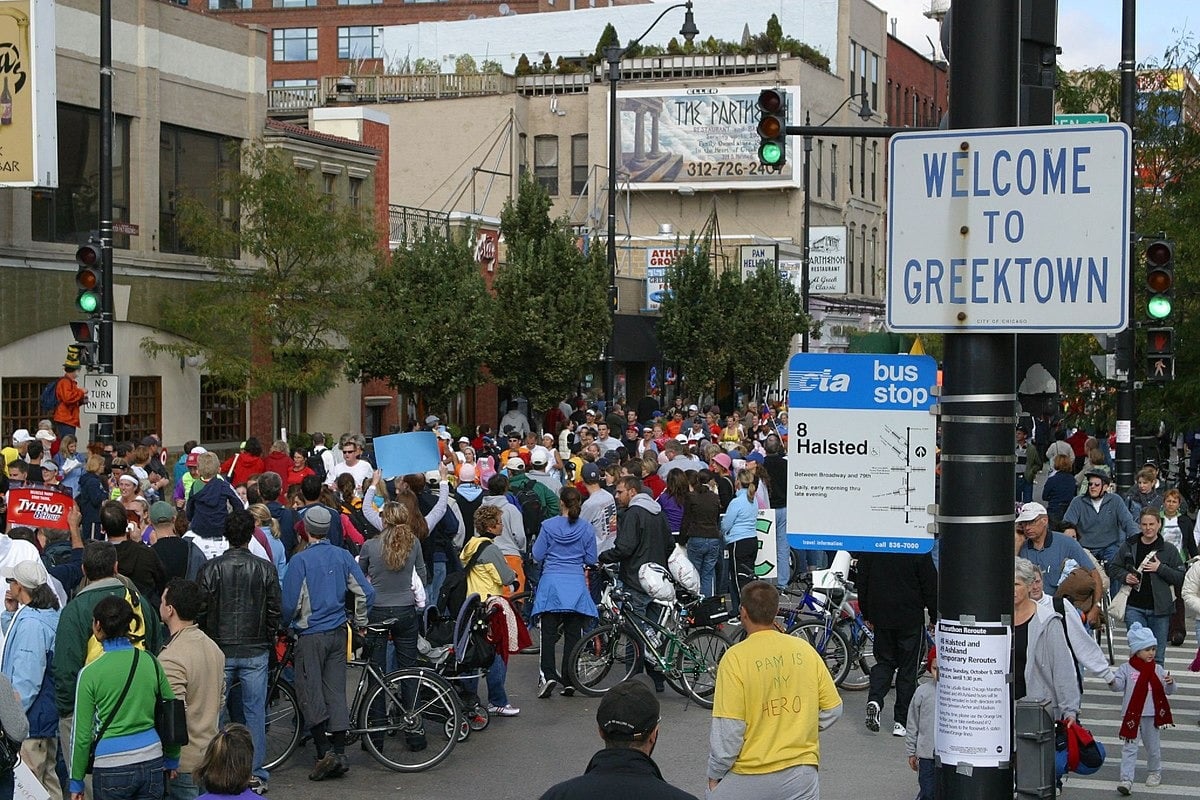
The National Hellenic Museum, the renowned center for Greek-American history, is also located in the area.
The Greek diaspora has a long history in Chicago. Greek immigrants began settling in Chicago in the 1840s, primarily arriving through the Mississippi and Illinois rivers. The major fires that occurred in Chicago in 1871 led to a significant influx of Greek immigrants, including Christ Chakonas, the founder known as the “Columbus of Sparta,” who was motivated by the opportunity to rebuild the city. Around ten years later, in 1882, approximately one thousand Greek immigrants were living in Chicago’s Near North Side area.
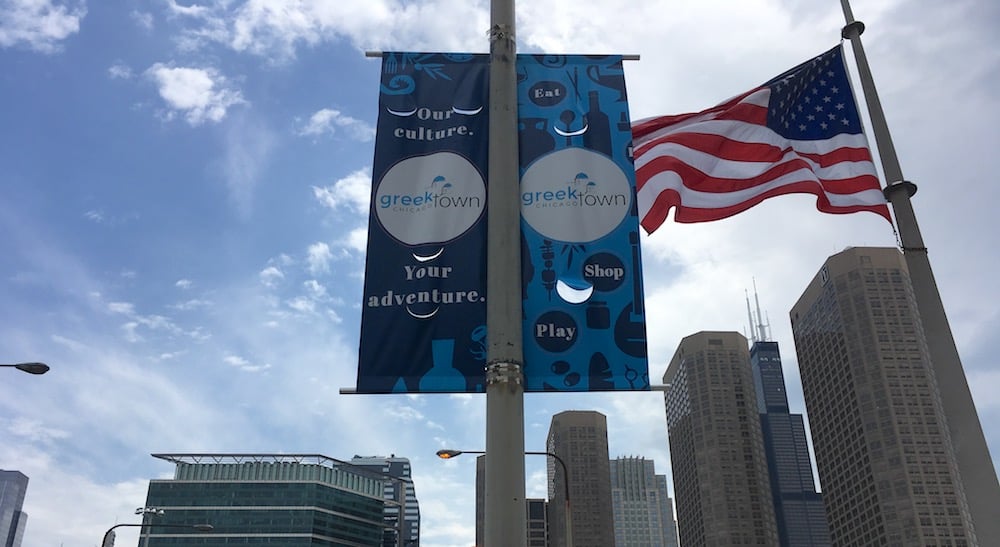
Astoria, New York
Located in the northwestern corner of the New York City borough of Queens, Astoria was the place to be for Greeks who moved from their homeland to the United States around the turn of the last century.
The area has changed dramatically over the years. When Greeks first started arriving, a significant proportion of the borough was covered in farmland. Early development resulted in a cityscape that was more European in style, reminding many Greek residents of their erstwhile European homes.
“The Greek community in 1955 was living in Manhattan. From 1960, we started moving to Astoria. We liked it because there were not very high buildings. We felt like we were in Europe—in Greece,” Vasilios Gkatzonis, the owner of Akropolis meat market in Astoria, told Greek Reporter last year.
Over time, Astoria has changed. It is much more densely populated and the European aesthetic has gradually been replaced with taller builders more typical of large American cities.
New arrivals have also been noted. Immigrants from Mexico, Ecuador, Turkey, India, and elsewhere have joined the community in Astoria. Still, New York City is home to the second-largest Greek diaspora population in the world.
Tarpon Springs, Florida
Tarpon Springs, Florida, is famously known as Florida’s “Little Greece” due to its large and impactful Greek community. In the early 1900s, Greek sponge divers began settling in Tarpon Springs and swiftly dominated the industry, eventually becoming the majority population in this small Gulf of Mexico town just north of St. Petersburg.
Even after more than 100 years, Tarpon Springs remains a hub for exceptional Greek restaurants and bakeries, boasting some of the finest in the country.
The Hellenic influence continues to thrive today, with over one in ten residents claiming Greek ancestry, making Tarpon Springs the American city with the highest percentage of Greek Americans. The town harmoniously combines the ambiance of Victorian-era Florida, the charm of small-town America, and the vibrant character of its Greek heritage.
A notable landmark is the Shrine of Saint Michael Taxiarchis which was constructed after an 11-year-old boy with brain cancer had a vision of the saint and was miraculously cured. To this day, people visit the shrine to pray and light a candle, and there are testimonies of true miracles which have taken place there.
Tarpon Springs also hosts the largest Epiphany celebration in the western hemisphere. Thousands join in with the celebrations every year.
Greektown, Detroit
Detroit’s Greektown, originally settled by German immigrants in the 1830s, transitioned to a predominantly Greek neighborhood in the early 20th century. As German residents moved to newer residential areas, Greek immigrants took their place, with Theodore Gerasimos being the first documented Greek immigrant in Detroit. The Greek community quickly established their own businesses in the neighborhood.
In the 1920s, commercial development led to Greek residents moving out of the area, but their established restaurants, stores, and coffeehouses remained. Over the next three decades, the neighborhood saw an influx of various immigrant groups into the remaining residential spaces.
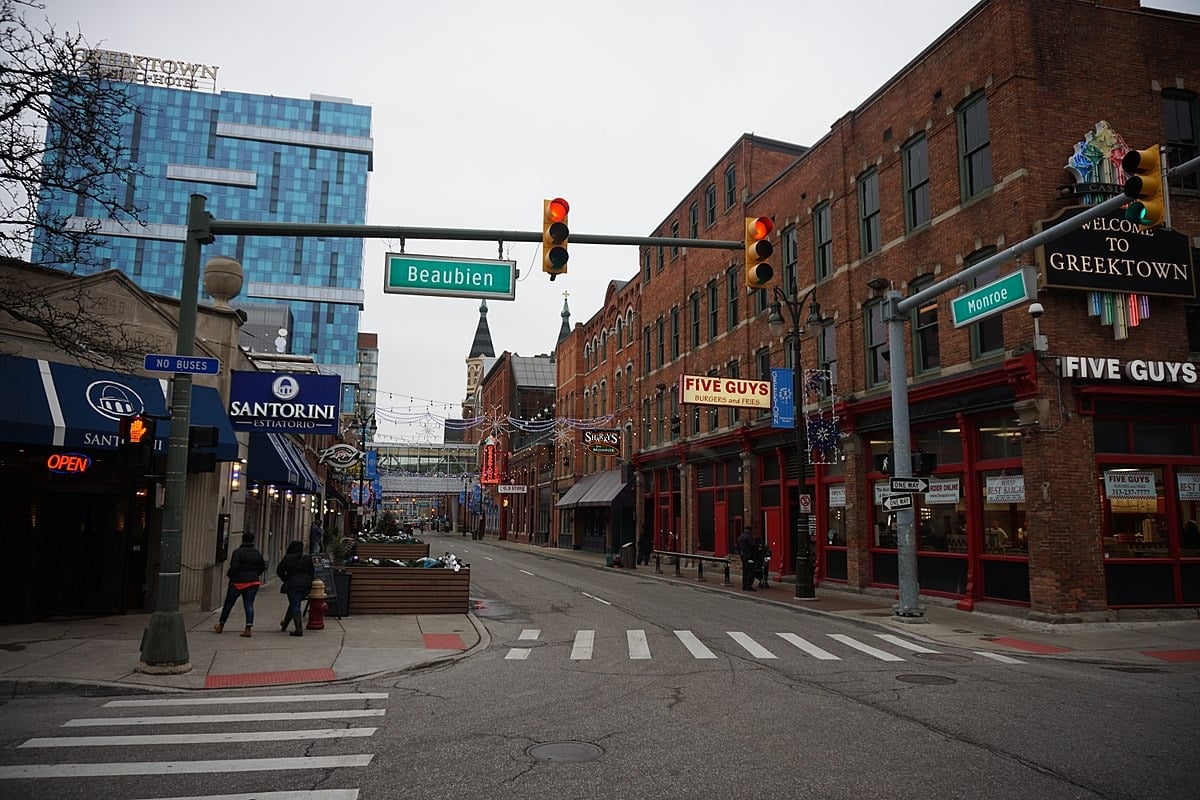
In the 1960s, redevelopment resulted in the construction of municipal buildings and parking lots. Recognizing the cultural significance of the neighborhood, Detroit’s Greek leaders collaborated with the Mayor’s office to improve the streetscape, building exteriors, and street lighting.
In 1966, a Greek festival was held in Greektown, coinciding with Fourth of July celebrations, and it became an annual event. Greektown became firmly established in Detroit, leading to its designation as the Greektown Historic District and its listing on the National Register of Historic Places in 1982.
Detroit’s Greektown is still home to notable Greek restaurants and businesses and is host to a Greek Independence Day parade annually.
Greektown, Baltimore
Yet another Greektown in the United States is to be found in Baltimore, Marlyland. Since the 1930s, it has flourished as a vibrant Greek American community. Originally called The Hill, the residents successfully petitioned the Baltimore City Council in the 1980s to officially rename the neighborhood Greektown.
Greektown is renowned for its numerous Greek restaurants and the prominent presence of the Saint Nicholas Greek Orthodox Church. The neighborhood proudly hosts the annual Baltimore Greek Festival and Parade, adding to its cultural richness.
One particularly admirable member of Batlimore’s Greek American community is Dr. Panagis Galiatsatos, who oversees an initiative called “Medicine for the Greater Good,” a project which he helped establish in 2013. The aim of the mission is ”to promote health and wellness beyond the confines of the hospital through an interactive and engaging partnership with the community as well as impacting professional identities of future doctors and nurses.”

